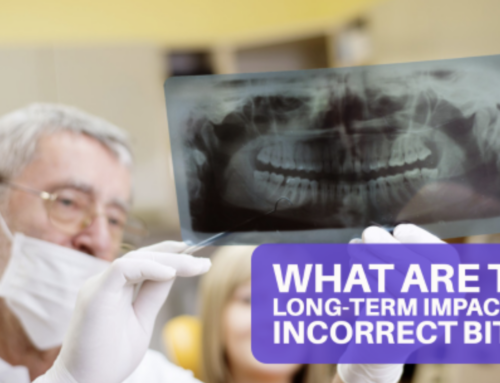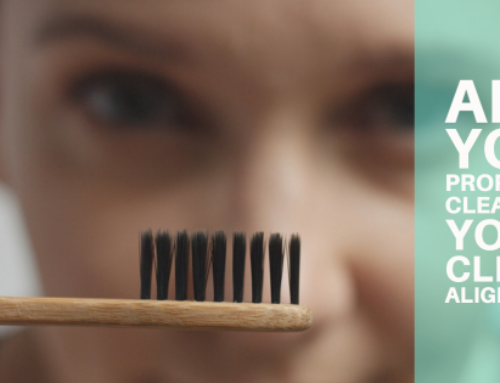 A beautiful smile is an ingredient of a sweet self-confident boost. However, multiple issues such as teeth crowding, missing teeth, and improper bites may take the smile away. Failure to detect teeth problems early may result in extensive damage later on.
A beautiful smile is an ingredient of a sweet self-confident boost. However, multiple issues such as teeth crowding, missing teeth, and improper bites may take the smile away. Failure to detect teeth problems early may result in extensive damage later on.
Some parents are able to detect dental problems early, and they are able to take their children to see an orthodontist. However, some parents are not very dental savvy, and they only start taking their kids to an orthodontic clinic once they have shed all their milk teeth.
Does it matter, you may ask? And if so, when is the right time? Read on to find out the answers to all these questions.
What Is the Right Age to Begin Orthodontic Care?
There is no clear answer to this question. Orthodontic treatment and care can be offered at any age, especially once the child has started developing teeth. Recent studies show the average age for braces treatment is between 10-12 for girls and 12-14 for boys.
However, most orthodontic specialists prefer early treatments. The American Association of Orthodontists recommends that you schedule your first orthodontic visit by the age of seven. Why seven? At this age, your child has a mixture of permanent and milk teeth. The child will have enough permanent adult teeth to examine the jaws and teeth for malformations.
Your orthodontist will inspect the teeth and identify any teeth problems if there are any. Premolars and molars come in at this age and can be observed for malocclusions. The orthodontist also inspects incisors for underbites, overbites, and crowding. The evaluation allows for ‘interceptive’ treatment.
These problems may stem from accidents, dental disease, or even inheritance from parents. The early diagnosis provides for correction in the early stages. It solves teeth problems before they become more complicated down the line.
Benefits of Early Orthodontic Treatment and Care
The Early Arrest of Teeth Malformations
Teeth misalignment may lead to improper bites and dysfunctional smiles that affect oral health. Scheduling your first orthodontic visit at age seven allows you to identify common problems such as:
- Underbites
- Crossbites
- Crowded teeth
- Malocclusions
- Excessive spacing
- Misaligned teeth
- Missing teeth
Identification of these issues helps the orthodontist to draw a plan that can correct the teeth in the future.
Improves Oral Health
Teeth malformations lead to poor oral health. The human body is complex, with interconnecting parts and systems. Problems in the mouth may lead to issues in other areas. Poor oral hygiene is associated with diabetes and heart disease. Early identification of teeth problems leads to improved brushing and removal of plaque.
Improves Self-Confidence
Most children, especially as they approach adolescences, are usually self-conscious about their appearance. They may find it uncomfortable to smile in public, especially when they know they have a dental problem. This is part of the reason why aesthetics are the most common reason for seeking orthodontic care. Teeth straightening from a young age will give your child a beautiful smile that will boost their confidence.
In Conclusion
Early teeth inspection and orthodontic care are vital for your child’s dental health. Make sure you schedule your first orthodontic appointment before your child turns seven. Give them a reason to smile proudly without feeling self-conscious about it.



